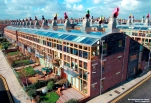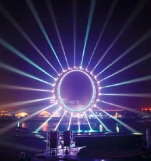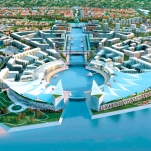
Matidzukuri: Smart Cities of New Generation
The world enters a new era in city planning – starting creation of smart cities, based on modern technologies for the formation of the comfortable living environment. The leader in this process is Japan, where the concept “Matidzukuri” is developed and implemented. This concept is promoted by the Japanese company Nikken Sekkei, the largest architecture and engineering company in the world. For these purposes in 2009 was established Smart City Planning Inc. comprising 25 leading Japanese companies with original technologies and own “know-how” to manage smart city project.











